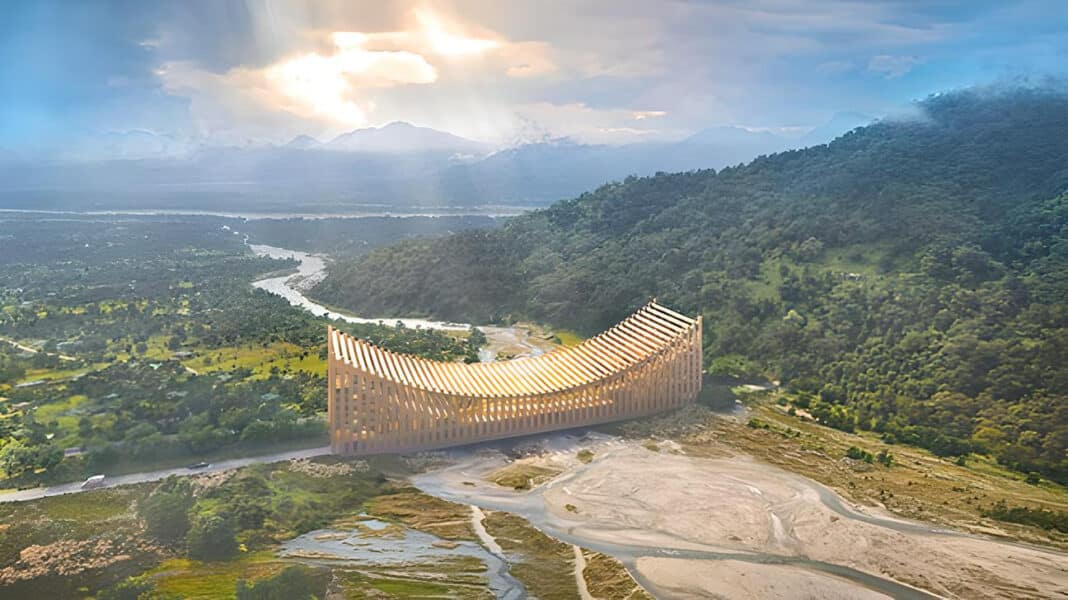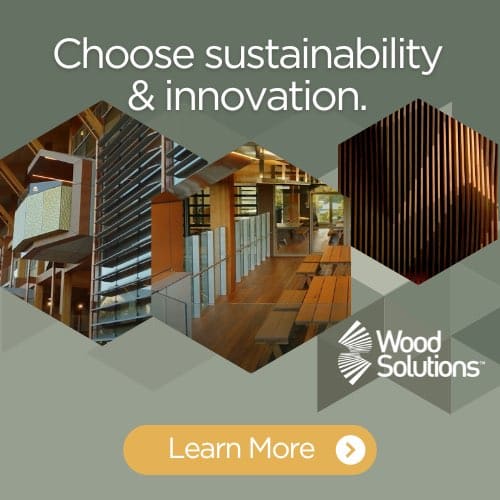Bhutan is building a new “Mindfulness City,” a 386-square-mile megacity bridging sustainable development between South and Southeast Asia. The country, already behind the Gross National Happiness Index (GNH), is the first carbon-negative country, with the new project part of the Kingdom’s audacious bid to become a regional hub for foreign money.
Known as ‘Gelephu’ King Jigme Khesar Namgyel Wangchuck launched it in December; with the new development, including an international airport, a hydropower dam, a university, and a railway, is a crucial pillar of Bhutan’s bid to capitalise on an explosion in economic activity on the country’s doorstep. The World Bank reports that trade mushroomed from US $38 billion to US $349 billion over the 20 years from 2000.
“There are economic hubs elsewhere that invite foreign investment by providing a conducive business environment and compelling incentives. Bhutan’s economic hub will offer all that and more,” according to the King, who said the “one-of-a-kind development” will be “inspired by Buddhist spiritual heritage and distinguished by the uniqueness of the Bhutanese identity.”
Designed by BIG, Arup, and Cistri, it is a vital part of the King’s ambitious green agenda to address a talent drain – which has seen young people leave Bhutan for Southeast Asia and far away Australia – with the first phase of the 20-plus year project to be finalised over the next five years.
“Mindfulness City will be a sustainable city. To be mindful is to be aware — to perform best,” according to Giulia Frittoli, partner and head of landscape at BIG, with the city’s site – hogging the country’s border with India, “selected because it is one of the flattest areas of Bhutan.”
Wood Central understands that all buildings will be made of stone, mass timber, and engineered bamboo. Bhutan is at the forefront of a push to use cross-laminated timber, nail-laminated timber, and glulam to build the next generation of “carbon-positive buildings.”
Published last year, ‘Innovating Bhutan’s residential construction with mass timber for economic and environmental sustainability,’ the Kingdom is looking to substitute concrete-based wall and structural systems with mass timber-hybrid construction systems.
Earlier this year, the Kingdom’s Department of Human Settlement introduced a new housing policy prioritising mass timber construction systems over concrete and steel-based alternatives.
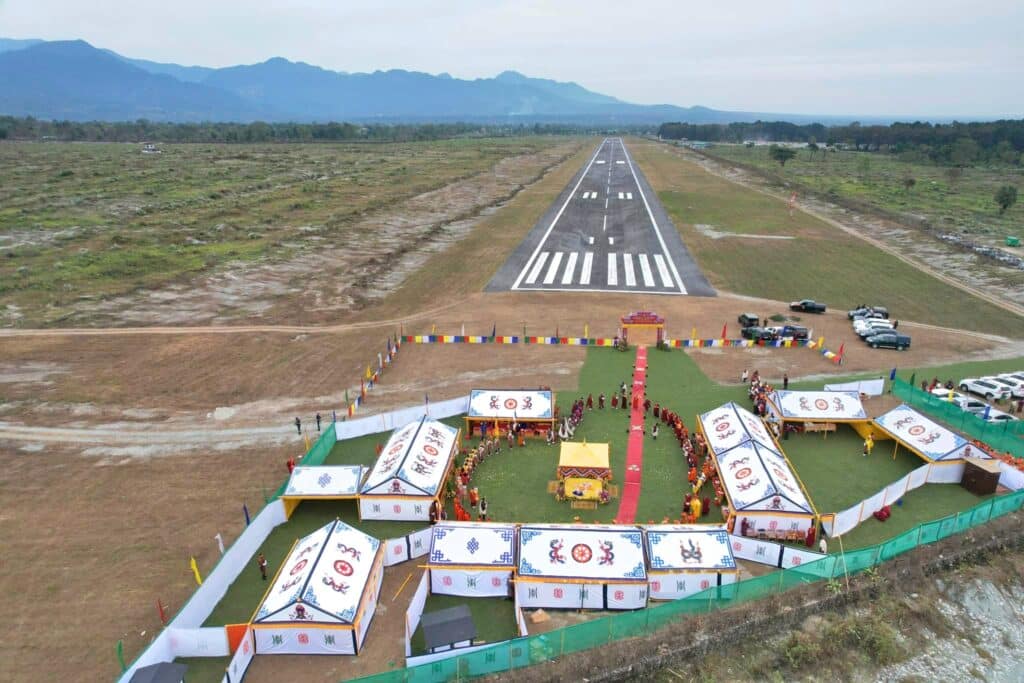
Bhutan is a landlocked Buddhist country in the Eastern Himalayas, nestled between China and India – at the heart of the geopolitical scramble between the two regional superpowers. It covers 14,000 square miles. With a population of 800,000, more than 70% of the country is covered in dense forest—considered a global biological hotspot.
“Bhutan has this extra respect for nature. Forests are protected in its constitution,” according to Mr Frittoli, who added that the site’s flat surface allowed Bhutan to build a new airport: “As an international gateway, it is an ideal location.”
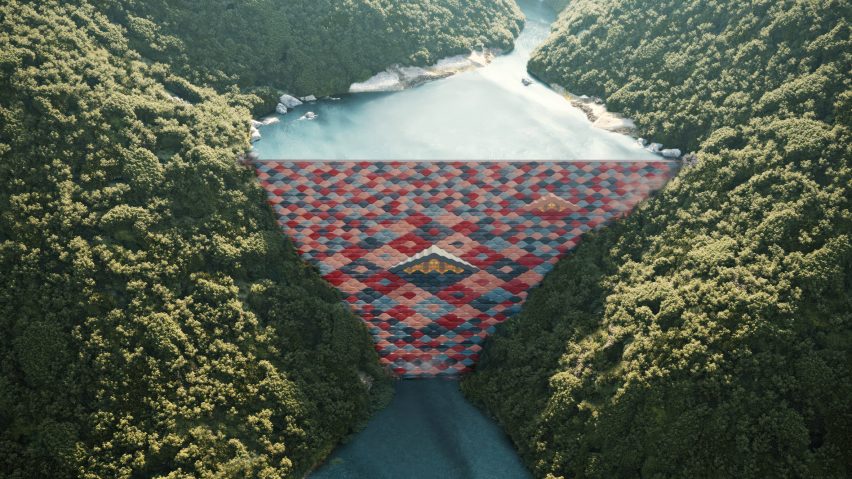
In December, the project team revealed the master plan for the project, with the design focused on preserving forests and making room for rivers and more than 700 elephants that migrate between India and Bhutan.
“We started with a landscape perspective before an urban perspective. We started from the environment,” Mr Frittoli said before adding that “the corridors are natural getaways…this creates space the water and elephants need.”
According to Bhutan royal media, the project will see development in three key areas: energy, connectivity, and skills – with India working with Bhutan to connect border cities.
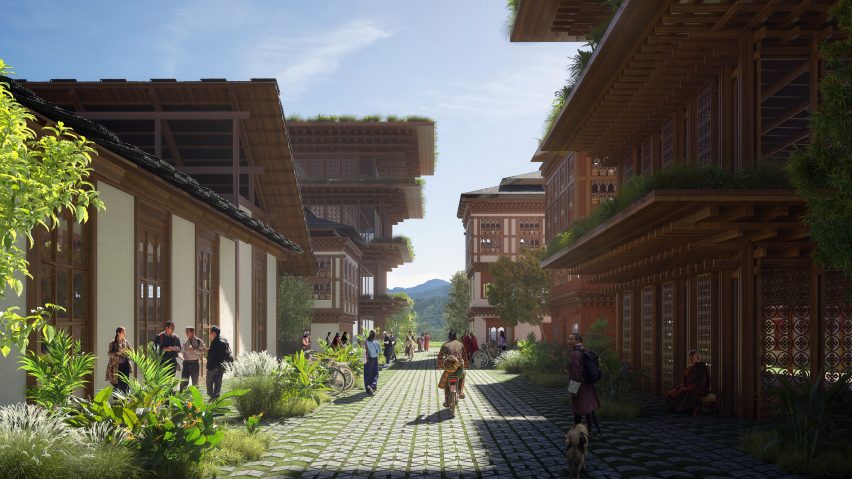
Before COVID-19, more than 80% of foreign tourists visiting Bhutan were connected to cultural or religious tourism. The Kingdom is looking to expand tourism routes in the coming decades.
According to a decree from King Khesar: “It is an inflection point, a mandate and opportunity for us all– the King, the government, and the people– to join hands and work tirelessly to pave the road to the future. Gelephu will become a gateway connecting Bhutan to the world and the future. The road we have chosen is a gateway to the world– to markets, capital, new ideas, knowledge, and technology towards our future, and– to chart our destiny.”



